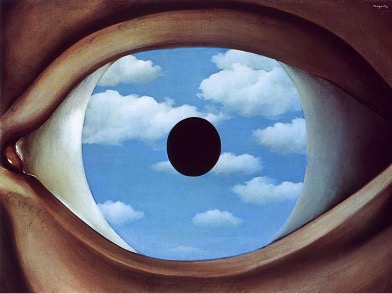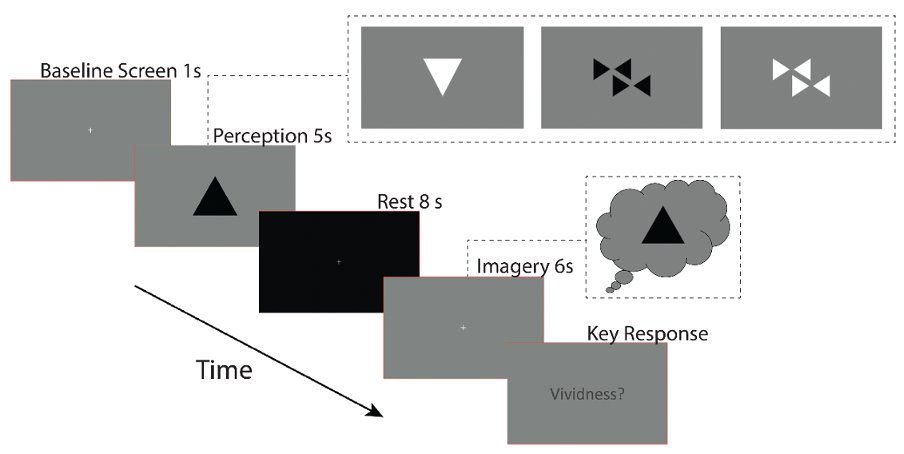
The eyes have it: The pupillary light response as a physiological index of aphantasia, sensory and phenomenological imagery strength. New preprint from the dream team @LachlanKay1612 @Becca_Keogh_PhD @thandrillon biorxiv.org/content/10.110… 

The pupil does not only adjust to ambient light, it encodes internal variables and responds to illusory brightness. Here, we show that it also tracks the strength of mental imagery!
We asked participants to perform a mental imagery task of shapes of different brightness and complexity. We recorded the pupil size during the task and focused on the pupillary light response, the difference in pupil size between bright & dark images 

When testing individuals with imagery, we found mental images with different brightness led to different pupil sizes: brighter images were associated with more constricted pupils, and darker images associated with more dilated pupils, just like during perception! 

Does the pupil track the brightness of the mental images? We tested individuals with #aphantasia While the perceptual modulation of pupil size was conserved in this population, the imagination effect completely disappeared! 

Also pupil size was predictive of an objective index of imagery strength (binocular rivalry paradigm). We found a good correlation between individuals’ general imagery ability and the imagery modulation of pupil size. 

Also while the aphantasia population did not show a significant pupil response to imagery, they did to stimuli set size, suggesting they were indeed attempting to imagine something.
In sum, the pupillary light response can be used as a physiological index of the strength of visual imagery. It can also be used to detect the lack of imagery (as in aphantasia) & perhaps as an objective physiological diagnostic tool for #aphantasia
• • •
Missing some Tweet in this thread? You can try to
force a refresh





